When we travel, we always want to learn more about the history of the country we’re visiting and its traditions, habits, etc. And there’s no need to say that the best way to discover a country’s history is to visit its museums.
Just like any other country, Tunisia has a rich history with many civilizations that took place over the decades. Each civilization came with its own culture and traditions and today, Tunisia is a beautiful mix of all these civilizations. If you’re planning to come to this charming and appealing country, know that there’re a lot of museums that you can visit in almost every region. From north to south, there’s a lot to see in these museums.
As we already know that this little country of Tunisia seduced you, and you’re seriously planning to visit it this year, here’s a list of some must-see museums:
Bardo Museum, Tunis
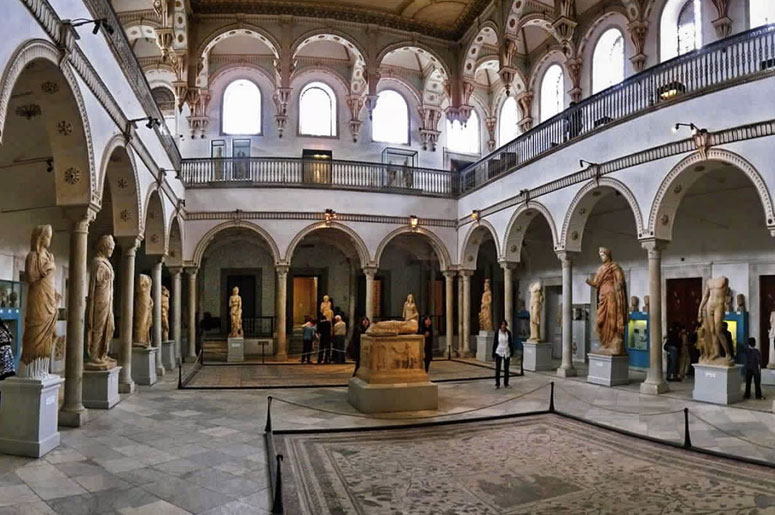
The Bardo Museum is considered as one of the most important museums in the Mediterranean basin. It traces the history of Tunisia over several millennia with a wide variety of archaeological pieces.
Guellala Museum, Djerba
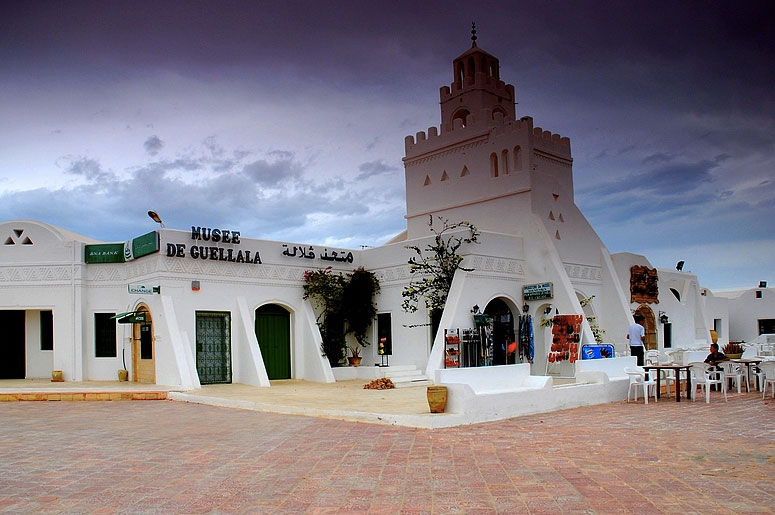
This museum located in the island of Djerba is quite different from what you may see elsewhere. It contains many rooms, and each room has a different theme: celebration, traditions, handicrafts, architecture, etc.
Paleo-Christian Museum, Carthage
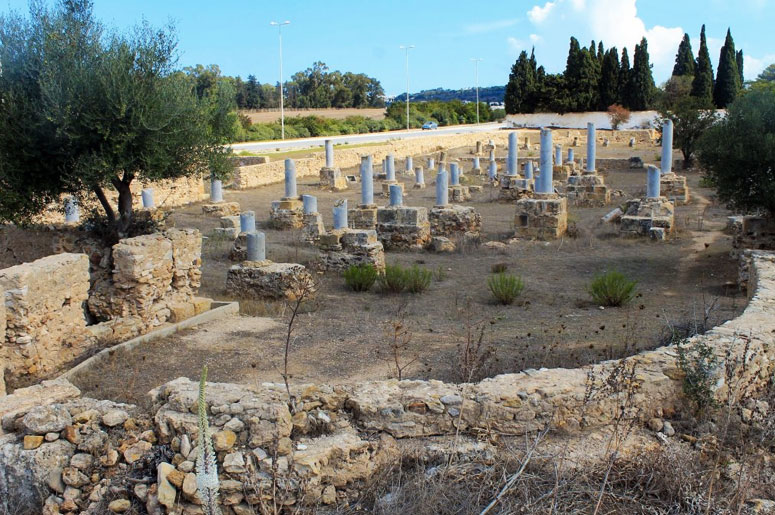
The Paleo-Christian Museum Carthage is a little museum located in the northern Suburbs of Tunisia since 1970. It covers the Roman and Early Christian periods, especially from the 5th century to the beginning of the 8th century.
Nabeul Museum, Nabeul
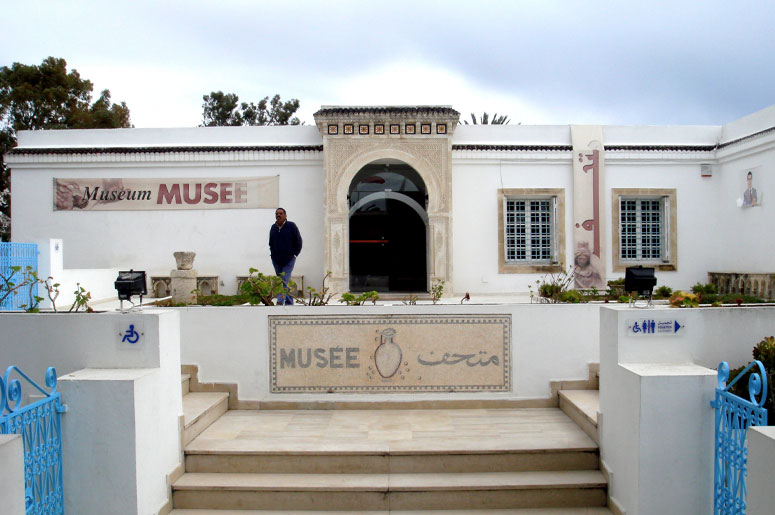
This beautiful museum was recently renovated and has a beautiful collection of objects coming from different regions of the Cap Bon. These objects have been discovered during some researches that took place in various sites.
Chemtou Museum, Jendouba
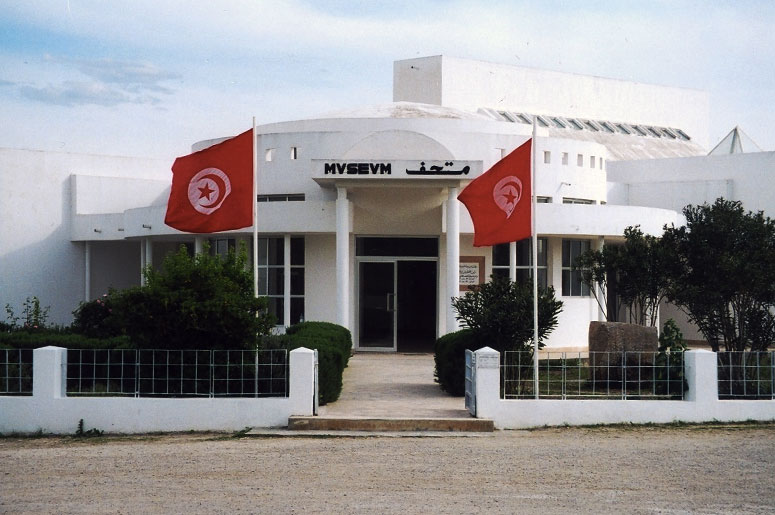
This museum is very modern, located in an ancient marble career. In this museum you can find vestiges that go back to the Roman period.

